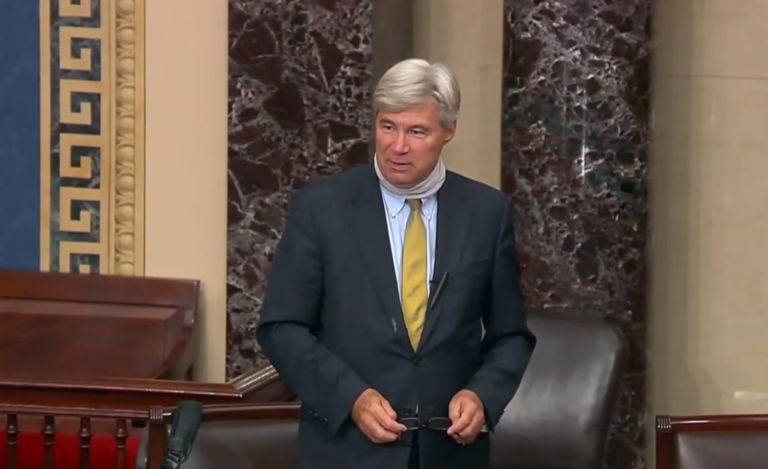Making news across the state in recent days is a study out of UNC Chapel Hill that newspaper headlines are claiming shows that North Carolina’s 2002 Clean Smokestacks Bill (CSB) is saving lives. These "results" are allegedly due to reductions in particulate matter in the air, which comes from the burning of coal (and other things like wood and gasoline). I say "newspaper headlines are claiming" because the authors of the study are much more cautious. In fact, according an article by the Charlotte Observer’s Bruce Henderson, here is what they are saying about their results.
In June, Duke University scientists reported a substantial decline in deaths from asthma and emphysema as North Carolina tightened air standards under Clean Smokestacks and federal laws.
Despite that link, the Duke researchers cautioned that other factors such as medical histories or allergies could also help explain the trend.
Gibson acknowledged that it’s hard to tease out the role air pollutants play in premature deaths.
"There’s really no controversy that particulate matter is bad for your health," she said. "It’s just the magnitude of the risk that’s in dispute."
In other words, beware: correlation is not causation, and the improvements in health outcomes may or may not be related to the CSB.
But setting aside this important caveat, which is at odds with the headlines, let’s take a look at our neighboring states of South Carolina and Virginia, both of which chose not to implement similar legislation. While, according to the EPA, North Carolina has all of its counties in compliance with federal standards on particulate matter, so does South Carolina, and the only 2 counties in Virginia that have compliance issues are Arlington and Loudon. Both are special cases as their air quality problems are predominately due to Washington, DC area road congestion problems.
This data regarding South Carolina and Virginia is consistent with what we at the John Locke Foundation found back in 2010 with regards to ground level ozone in North Carolina and its neighboring states after the NC Division of Air Quality claimed that improvements in ozone were occurring due to the CSB.
We examined year-to-year percentage changes in the number of high ozone monitor readings — using the current standard of .075 parts per million — in North Carolina and each of its bordering states from 2000 to 2009. (See table below.) North Carolina was said to do better than its neighboring states when it experienced either a greater percentage decline or a smaller percentage increase in the number of high ozone days when compared to its neighbors. If the CSB was really making a difference in ozone levels, then there should have been an observable improvement in NC’s performance relative to its neighbors, none of which have a CSB, in the years after 2005 as compared to the years prior to 2005.

The data showed no difference in NC’s air-quality performance relative to neighboring states’ between the first five-year period and the second five-year period, when the citizens of North Carolina were being told that the CSB was having an impact. From 2005 to 2009, North Carolina’s year over year improvement rate was at the median for two years, worse than the median for two years, and better than the median for one year. This is exactly the same as it was during the previous 5 years (2000-04), when the CSB had not yet been implemented.
Click here for the Economics & Environment Update archive.
You can unsubscribe to this and all future e-mails from the John Locke Foundation by clicking the "Manage Subscriptions" button at the top of this newsletter.


